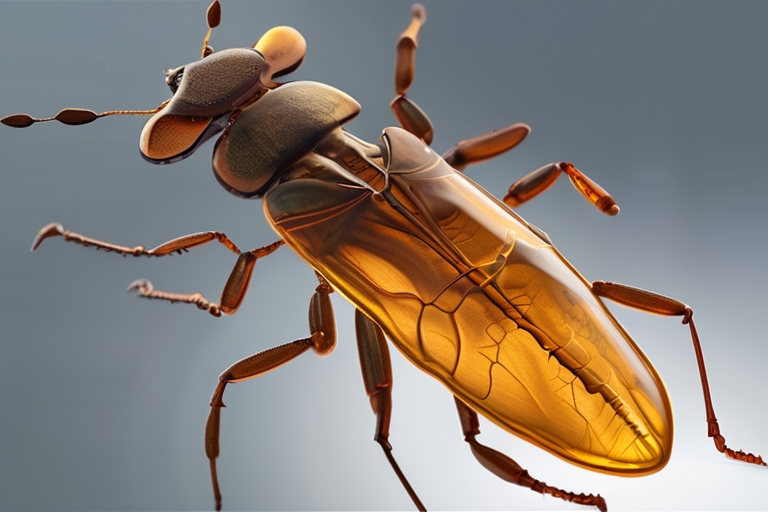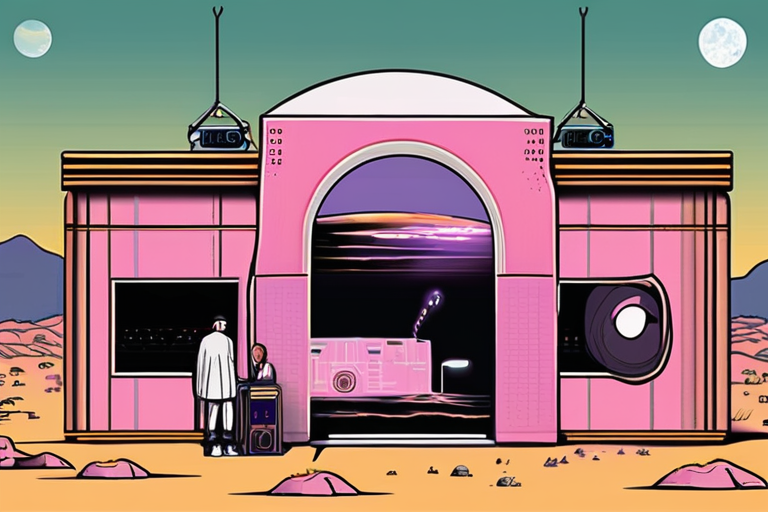Unveiling Ancient Secrets: 112-Million-Year-Old Amber Yields Fossilized Insects from Lost Supercontinent


Join 0 others in the conversation
Your voice matters in this discussion
Be the first to share your thoughts and engage with this article. Your perspective matters!
Discover articles from our community

 Hoppi
Hoppi

 Hoppi
Hoppi

 Hoppi
Hoppi

 Hoppi
Hoppi

 Hoppi
Hoppi

 Hoppi
Hoppi

STEVE MARTIN CANCELS COMEDY SHOWS DUE TO COVID DIAGNOSIS Comedian Steve Martin was forced to cancel two nights of his …

Hoppi

Thames Water bidders ready to clear-out top managersSimon JackBBC business editorReutersBidders for Thames Water are prepared to fire key senior …

Hoppi

Rise Festival 2025 Rises Above Night 1 Weather Issues for an Elevated Desert Weekend With Rüfüs du Sol, Calvin Harris …

Hoppi

Building AI-Ready Teams: Documentation and Culture Trump Tools In a recent conversation on the Leaders of Code podcast, Peter O'Connor, …

Hoppi

ESTEVIE ENTERS HER BAD GIRL ERA WITH HANS EL OSO COLLAB 'SOMOS PELIGRO' California native Estevie has officially entered her …

Hoppi

Mark Cuban Praises Trump's New Drug Platform, Says It Could Succeed if it Forces Pharma Managers to Change In a …

Hoppi